-
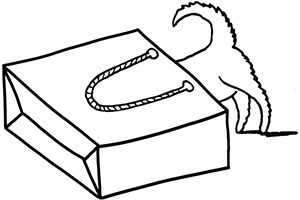
Your Shopping Bag is empty
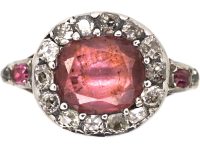
Want a Closer Look?
Book a virtual appointment with one of our resident jewelry experts, here in London.
Book Your Virtual Consultation

 Free USA Shipping
Free USA ShippingAn unusual 15ct62.5% pure gold (or 625 parts pure gold and 375 parts other metals). Popular during the Victorian, Edwardian and Art Deco eras but was discontinued in the mid-1930s. More gold ring with a silverA metallic element which is malleable and ductile, and white in colour, making it ideal for use in jewellery. It is usually mixed with copper to improve its hardness.
More top that was made circa 1780. It has been set with a pink topazIt comes in many colours, including brown, green. blue, yellow, red, pink and orange. Topaz is very hard, being 8 on the Mohs scale, with a high cleavage. More surrounded by fourteen clawA precious metal prong used to hold a gemstone in place. More set old mine cutAn 18th, 19th and early 20th century diamond shape, typically cushion or asymmetrical, marked by a small table, a high crown and a large culet. Culets are the small flat facets at the bottom of a stone which appear to the untrained eye as a hole in the middle of the stone. Before the advent of modern machinery which allows for the precise faceting we see tod... More diamonds. Each of the shouldersThe point on a ring where the central section meets the shank or band, often carved, decorated or inlaid with small diamond accent stones. More have been set with a rubyOne of the most valuable gemstones on earth. From the corundum family, the red variety being ruby and the blue, sapphire. With the exception of the diamond, corundum is the hardest of the gemstones on the Mohs scale scoring a 9. More and an old mine cut diamondA precious, lustrous gemstone made of highly compressed carbon. Diamonds are one of the hardest materials known to mankind. Colours of diamonds range from colourless, yellow, orange and brown to almost black. Natural coloured (or ‘fancy’) diamonds can be extremely rare. The cut, colour, clarity and carat weight of a diamond are the criteria jewellers use... More. The reverse has the typical shell motif and the shankThe circle of metal that attaches to the decorative part of a ring and encircles the finger. More is a fluted design that flares in to two parts where it reaches the cluster. This is typical for the period of this ring.
It sits low on the finger so it is comfortable to wear as a dress ring.
The Details
This is a beautiful GeorgianJewellery made in the Georgian era (1714-1830). More ring.
We offer one free complimentary sizing for this ring.
Ring sizing adds 2–3 working days to the shipping estimate.

We offer FREE SHIPPING on all USA orders.
All orders are fully insured and dispatched from London via DHL Express Worldwide.
Please Note:
Ring sizing adds 2–3 working days to the shipping estimate.
30-day, full money-back guarantee on all purchases.
We calculate and pre-pay all customs, taxes, and duties (DDP) at checkout so your order arrives hassle-free.
Items over 100 years old (HS Code 9706900000)
Duty exempt with signed declaration
Items under 100 years old (HS Code 7113.11)
Duty applies
Please note:
Additional state-level fees ($40–80) may apply; we cannot cover these.
If U.S. Customs contacts you, let us know.
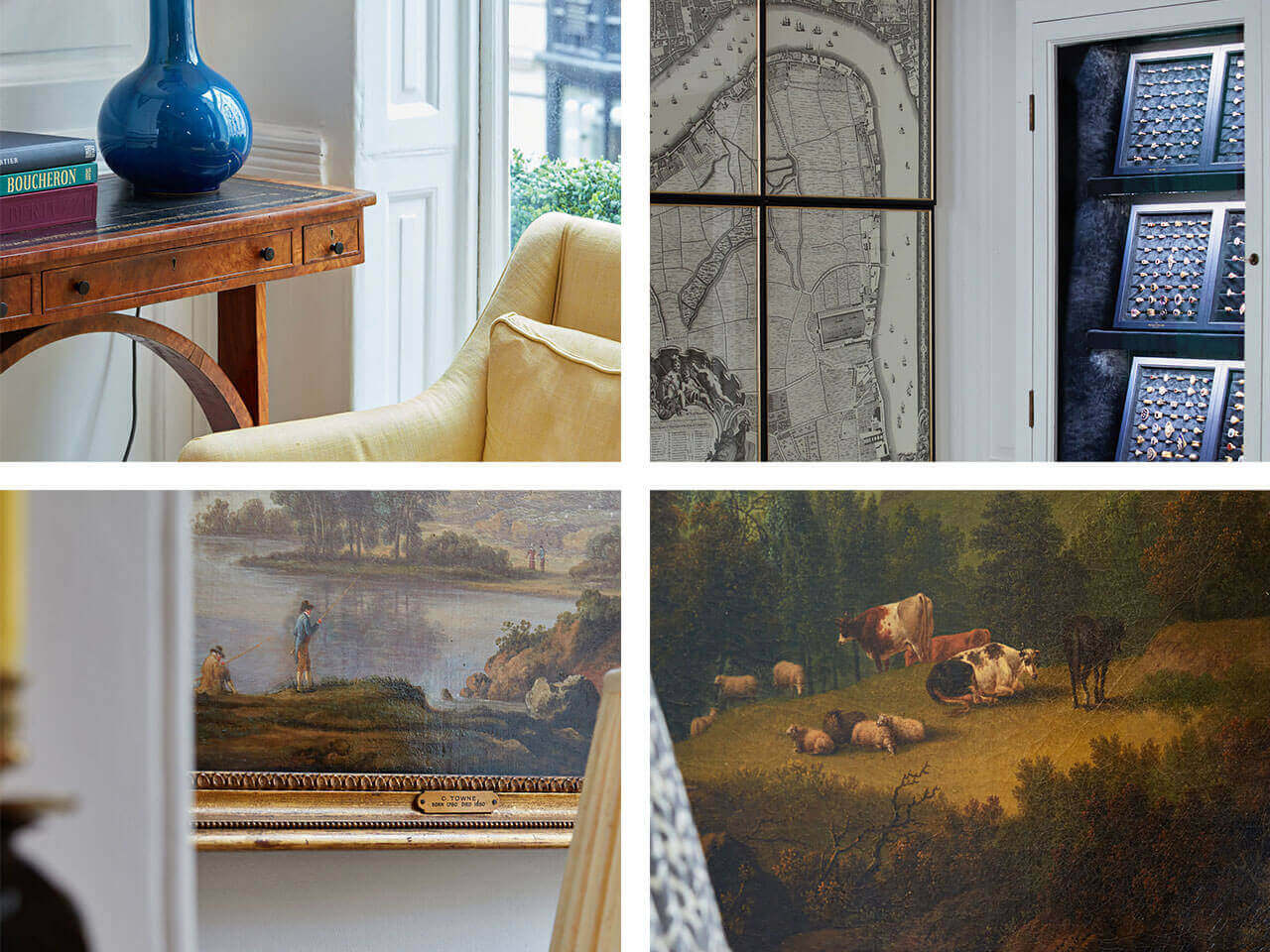

Book a virtual appointment with one of our resident jewelry experts, here in London.
Book Your Virtual Consultation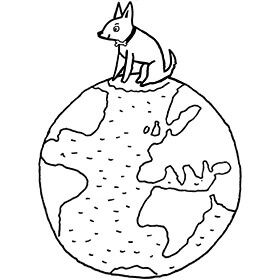
Buying vintage jewelry is both ethical and eco-friendly as harmful and destructive mining processes are not needed to make an item yours. So give yourself a pat on the back!
Find Out More

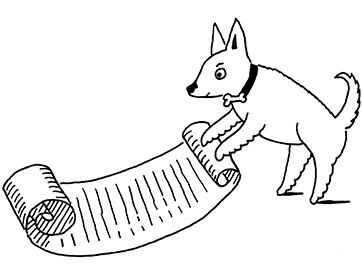
We always stand by our five core principles:
Quality, Rarity, Expertise, Peace of Mind and Personal Touch